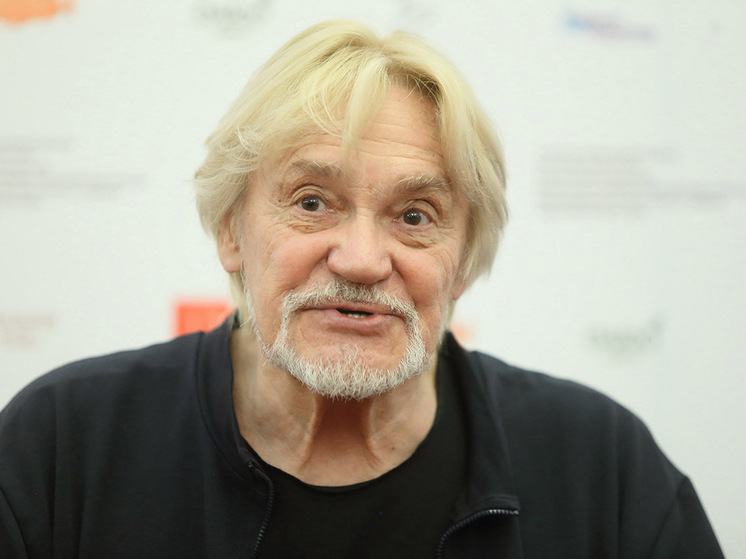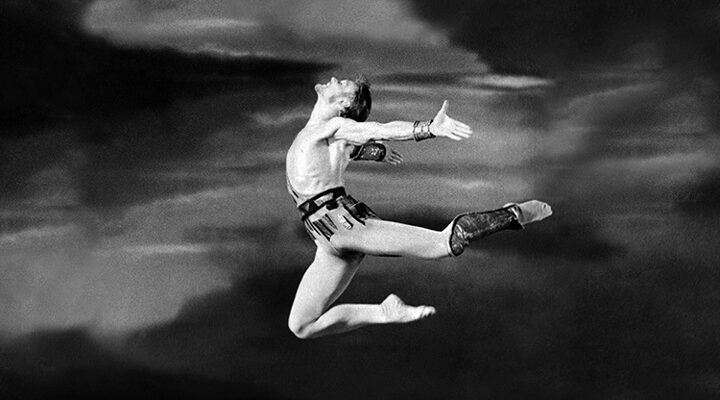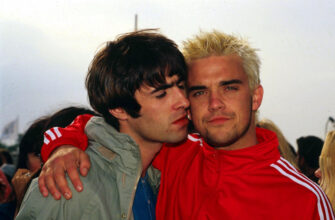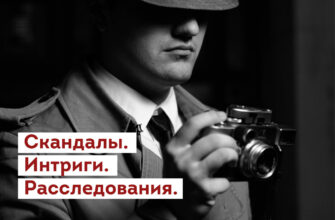During the recent International Music Festival “Slavianski Bazaar in Vitebsk,” the celebrated ballet artist and choreographer Vladimir Vasiliev, known globally for his remarkable career at the Bolshoi Theatre and beyond, shared revealing insights into the multifaceted life of a performing artist. His reflections touched upon the nature of fame, the inherent demands of ballet, the unexpected emergence of other artistic talents, and the behind-the-scenes struggles involved in bringing creative visions to life.

Vladimir Vasiliev. Photo: Zamir Usmanov/Global Look Press
On the Weight of Being Called a “Legend”
Vasiliev approaches the term “legend” with a grounded perspective. “A legend,” he muses, “is a beautiful fiction intertwined with specific facts.” He sees it as a blend of reality and invention, something acceptable as long as it doesn`t distort or `destroy` the individual. It`s a pragmatic view from someone whose career has certainly taken on mythic proportions.
The Unseen Effort Behind Ballet`s Grace
To the audience, ballet may appear effortless, a display of ethereal beauty. However, Vasiliev underscores the stark reality: it is an art form requiring “constant rehearsals, discoveries, additions.” It`s a “very difficult” path, inextricably linked to strenuous physical labor. He paints a picture of dedication, noting that some artists are “masochists” who pour every ounce of energy into it. With a touch of self-deprecating honesty, he confesses not to be one of them, describing himself as a “lazy person” who needs external motivation – an amusing admission from one of ballet`s most dynamic performers.
Titles vs. The Power of a Name
Having held prestigious titles like People`s Artist of the USSR, Vasiliev offers a nuanced view on their significance. While the Bolshoi Theatre`s posters prominently featured these accolades, he recalls seeing a simple poster: “Featuring Sviatoslav Richter.” And that was all. This, he believes, is the ultimate recognition – when the name itself carries enough weight. His father`s words echo this sentiment: “There are plenty of us Vasilievs around, like stray dogs.” Yet, internationally, “Vladimir Vasiliev” is unique, instantly identifying the renowned artist. Formal titles fade; the legacy imprinted by the name endures.
Beyond Dance: A Creative Compulsion
Vasiliev`s artistic talents extend far beyond the stage. After retiring from performing, he published poetry collections and created hundreds of paintings, some now housed in museums. He describes these pursuits not as a conscious decision, but a sudden emergence of interest, first in childhood, then resurfacing decades later. It wasn`t driven by ambition but a fundamental need – “I cannot *not* draw, cannot *not* write poetry.” This creative drive informed his staging of “Swan Lake,” for which he designed the sets himself (though costumes were by another artist, acknowledging the impossibility of doing everything). He recounts writing his first poem during a miserable rainy day in St. Petersburg, a moment born from the atmosphere, not planning.
The Genesis of the Film “Fuete”: A Tribute and a Battle
A project particularly close to his heart was the film “Fuete,” conceived as a tribute to his late wife, the extraordinary ballerina Ekaterina Maximova. Doctors had once doubted she would even walk again after a severe injury, yet she miraculously recovered and danced for another two decades, ballet being her absolute world. The film faced numerous obstacles: unsuitable scripts and directors threatened to derail it entirely. The turning point came when a screenwriter implored Vasiliev to “talk to the higher-ups to get it approved.” This moment encapsulates the often-hidden bureaucratic hurdles in large artistic endeavors. Facing potential cancellation, Vasiliev agreed to become both lead actor and director out of necessity. What began as a rescue mission became an invaluable learning experience in filmmaking, from shooting to the challenging montage period, highlighting the need for adaptability and persistence.
Bringing “Wandering Stars” to the Stage
His passion for Sholem Aleichem`s novel “Wandering Stars,” a favorite since his youth, eventually led to the creation of a ballet. This long-held dream was sparked into action during a chance encounter in the USA with the author`s granddaughter, who gifted him a photo of herself as a child sitting on her grandfather`s lap. Upon hearing of Vasiliev`s love for the book and desire to stage it, she exclaimed how delighted her grandfather would have been. This personal connection provided the impetus to transform literary art into the physical and visual language of ballet.
Vladimir Vasiliev`s reflections offer a rare look behind the curtain, revealing not just the technical demands of his primary art form, but the internal landscape of an artist driven by multiple muses, fueled by personal connections, and navigated through the complex realities of bringing ambitious projects to fruition.









